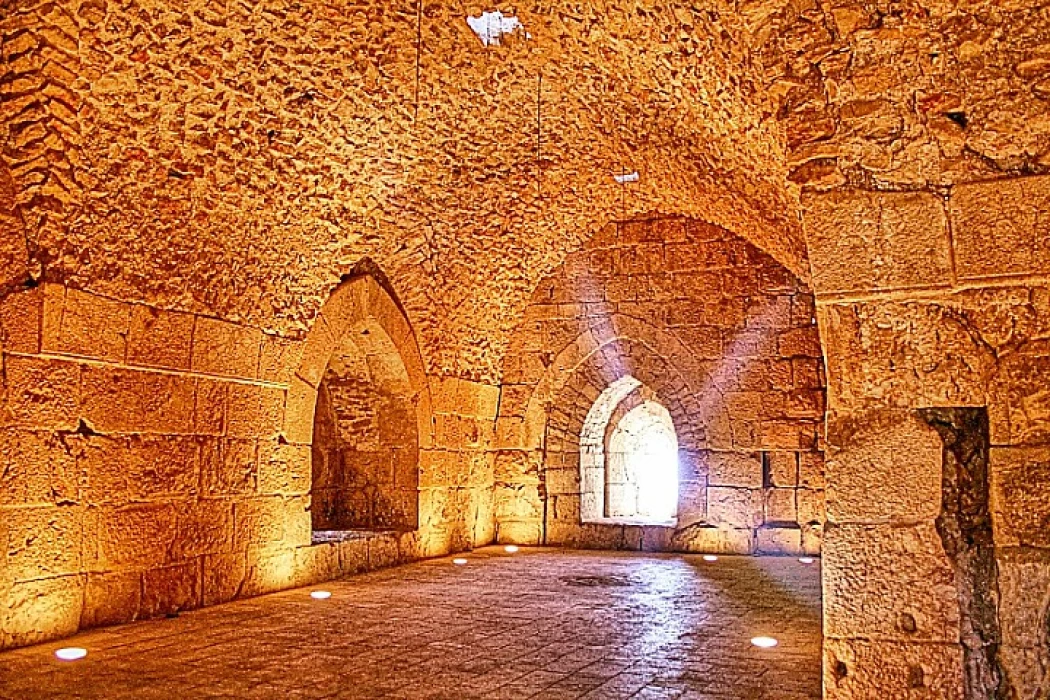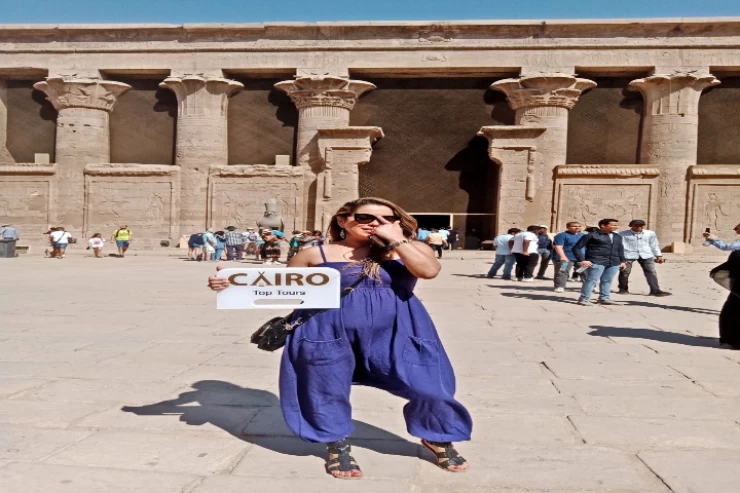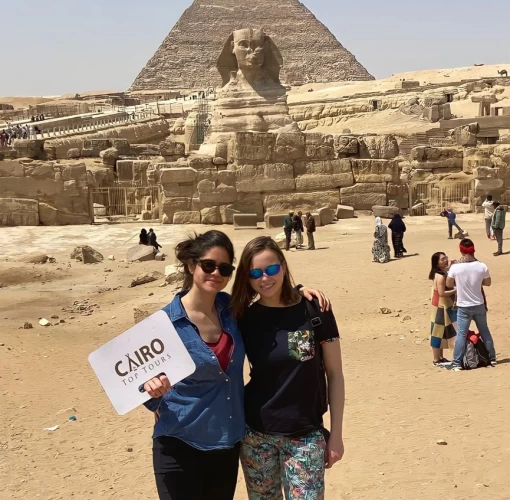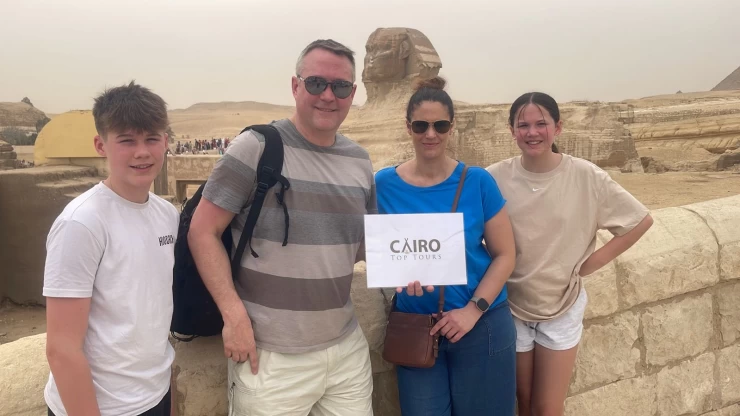
Ajloun Castle | Jordan Attractions
Ajloun Castle Jordan
The wonders of nature and the genius of medieval Arab military architecture have given northern Jordan two of the most important ecological and historical attractions of the Middle East: the extensive pine forests of the Ajloun-Dibeen area and the imposing Ayyubida castle of Ajloun, which helped defeat the Crusaders eight centuries ago.
Ajloun Castle was built by one of Saladin's generals (Izz al-Din Usama) - who was also his nephew - in 1184 A.D to control the local iron mines and prevent attacks by the Crusaders, who were then established further south, in the city of Karak.
Two major earthquakes, in 1837 and 1927, destroyed much of the castle, but recently, the (Jordanian state) sponsored a program of restoration and consolidation of the walls, including rebuilding the bridge over the moat. That is why there are many rooms that can be visited today.
In 1214-15 the castle was enlarged by 'In ad-Din Aybak, for Sultan al-Malik al-Mu'azzam, to become one of the many lighthouses and a station for racing pigeons for the transmission of messages between Damascus and Cairo, and in 1219, hosting supplies to be used against the fifth crusade. In 1260 it fell into the hands of the Mongols but was restored by the Mamluk Sultan Baybars the Mercenary.
What we know from that moment on is fragmentary - rebuilt in the 17th century; visited by Burckhardt in 1812, damaged by an earthquake in 1837 and rebuilt by Ibrahim Pasha, and recently restored and rebuilt by the Department of Antiquity of Jordan.
In addition to all its historical weight and beauty, the views of the Ajloun region are simply spectacular, the only drawback of the castle is the fact that it is located at a considerable distance from the city of Ajloun, and is not accessible by public transport. We usually start the tour from Amman and combine the visit to the castle with a visit to the historic city of Jerash.
A well-traveled bridge between sea and desert, east and west, the Hashemite Kingdom of Jordan is a land of mesmerizing beauty and contrasts, from the Jordan Valley, fertile, and ever-changing, to the remote desert canyons, immense and still. Visitors can explore splendid desert castles, gaze in awe at the haunting wilderness of Wadi Rum, or bathe in the restful waters of the Red Sea.
Latest Articles
Admin
Seabourn Sojourn Cruise Stops in Safaga Port
The Seabourn Sojourn, the flagship vessel of Seabourn Cruise Line's ultra-luxury fleet, was built in 2008 at the T. Mariotti shipyard in Genoa, Italy. Measuring 198 metres, it can accommodate up to 450 guests in its 225 spacious all-suite staterooms.
Admin
Norwegian Sky Cruise Stops in Safaga Port
Norwegian Cruise Line operates a cruise ship called the Norwegian Sky. It was constructed in 1999 and can accommodate 2,004 passengers in addition to 878 crew members. The ship has several dining establishments, lounges and bars, a spa and fitness center, swimming pools, and a number of entertainment areas.
Admin
Explora II Cruise Stops in Safaga Port
Explora II, the second vessel in the Explora Journeys fleet, sets sail in 2024 to redefine luxury cruising. With 461 ocean-front suites, 9 culinary experiences, and 4 pools, this haven of sophistication and sustainability promises an unforgettable "Ocean State of Mind" journey to inspiring destinations.
Admin
Mein Schiff 6 Cruise Stops in Safaga Port
The Mein Schiff 6 is the latest cruise ship in the renowned TUI Cruises fleet, offering passengers a luxurious and sophisticated cruise experience. At 315 metres long, this floating resort features a range of dining options, entertainment, and recreational facilities, including a spa, fitness centre, and sports amenities.
Admin
Mein Schiff 4 Cruise Stops in Safaga Port
When the Mein Schiff 4 cruise ship docks in Safaga, Egypt, passengers are granted access to a realm of ancient wonders. Aboard this state-of-the-art vessel, guests can embark on meticulously curated shore excursions that showcase the region's most iconic landmarks, including the Giza Pyramids, the enigmatic Sphinx, and the remarkable tombs and temples of the Valley of the Kings in Luxor.
Admin
MS Europa Cruise Stops in Safaga Port
The Silver Moon, Silversea's latest flagship, is a luxury cruise ship that offers an exceptional travel experience for Venezuelans exploring Egypt. With a capacity of 596 guests and an impressive 40,700 gross tonnes, the Silver Moon maintains the small-ship intimacy and spacious all-suite accommodations that are the hallmarks of the Silversea brand.
















